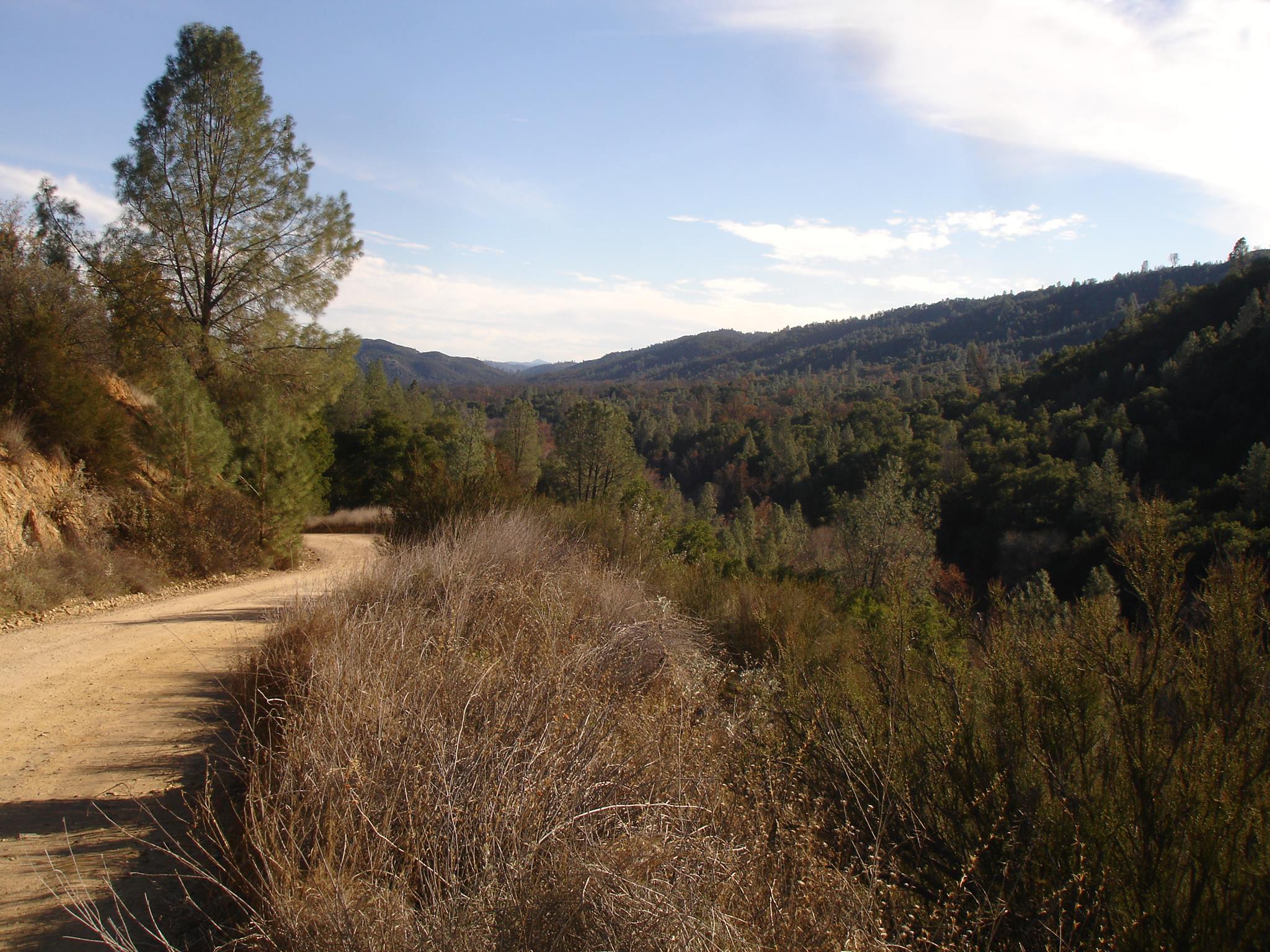Kumeyaay (Diegueño)
The traditional Kumeyaay language area is the southern portions of what are now San Diego County and northwest Baja California. Kumeyaay (also called “Diegueño” or spelled “Kumiai”) is a cover term for at least six languages, including Jamul Tiipay, San José de la Zorra, Ja’a, Iipay, Los Conejos, and Northeastern Kumeyaay (Miller 2018). In pre-contact times, there may have been 3,000 speakers (Kroeber 1925). In the 21st century, Kumeyaay is spoken by 140-150 people (Golla 2011), and tribal members and language activists have been pursuing language revitalization (Rodriguez 2020). Kumeyaay is a member of the Yuman language family. Within Yuman, it is most closely related to Cocopa (spoken in pre-contact times around the Colorado River Delta in Mexico), and more distantly to Kiliwa (spoken in Baja California), Maricopa, Mojave, Pai (spoken in Arizona), Paipai (spoken in Baja California), and Quechan. Together, the Yuman languages comprise one branch of the hypothesized Hokan language family, the other members of which are Chimariko, Esselen, Karuk, the Palaihnihan languages (Achumawi and Atsugewi), the Pomoan languages (Central Pomo, Eastern Pomo, Kashaya, Northeastern Pomo, Northern Pomo, Southeastern Pomo, and Southern Pomo), Salinan, the Shastan languages (Konomihu, New River Shasta, Okwanuchu, and Shasta), Washo, and Yana.
Grammatical information
The first grammar of Kumeyaay was written by Margaret Langdon, whose fieldnotes are now at the Bancroft Library at UC Berkeley. Langdon designed a practical Kumeyaay writing system which is in use today; we will also use it here. Kumeyaay has 26 consonants: bilabial p, v, m, w; dental t, s, n, r (flap); alveolar tt, ss, nn, l, ll (voiceless), nn and rr (trill); palatal ch, ny, ly, lly (voiceless), y; velar k, x; labiovelar kw, xw; postvelar q, and glottal stop (‘). It has four vowels (a, i, o, u) long and short, and the reduced vowel schwa, represented in the orthography as e. Besides basic noun stems, new stems can be formed through reduplication and compounding, or derivation from verbs. Nouns in Kumeyaay are marked for possession, with kinship terms, body parts and alienably possessed nouns marked differently from each other. Nouns have a relatively robust case system, including subject, object, indirect object, instrumental case, and a number of locationals and directionals. Like many other California languages, verbal morphology is very rich. Complex verb stems can be derived from over twenty classificatory prefixes indicating action upon or by means of various shapes, sizes, quantities and body parts. For example:
| aa- long object, as in aa-xwaarr 'to scrape with a knife,' aa-ull 'to lay a long object on top of' |
| ch- numerous objects/motions, as in ch-xwaarr 'to scour, to bunch', ch-ull 'to put several on top' |
| chuu- by means of the mouth, as in chuu-katt 'to bite off', chuu-kwarr 'to preach' |
Kumeyaay also has plural forms of stems, with various formal processes used to mark a range of pluractionality concepts, including collective and distributive actions, subjects or objects. The processes include lengthening or shortening of nonplural stem, infixation of –ch- (with several allomorphs) or –uu-, prefixes p- and n-, suffixation of –p or –ch, reduplication and suppletion. Several of these can show up on the same form:
| aaull 'to lay a long object on top of' → aachuull |
| aa 'to go' → naa |
| xemay 'look for' → xuumayp |
| aakekwii 'ask a question' → akechewiich |
| pam 'get there' → nekemich 'several get there' |
There are a large number of reduplicated forms indicating repeated sounds, motions or designs, e.g.‘aatt ‘aatt,’to rock back and forth like a rocking horse’; xekall xekall ‘to be scalloped’; ‘exmirkexmirk ‘to chuckle’. Kumeyaay has extensive sound symbolism expressed through consonant alternations, mainly between sonorants: e.g. kwir ‘to spin (like a top)’; xekwirr ‘to weave’; kwilkwil ‘to flutter’; kwillkwill ‘swinging, dangling’. Kumeyaay has portmanteau person prefixes marking both subject and object. There are a set of auxiliary verbs deriving from verbs for movement or position but utilized to indicate both position/movement and aspect. Kumeyaay exhibits “switch-reference” marking, where if two verbs in sequence have the same subject, the first verb will use one suffix (-ch), and if they have different subjects, the first verb will use (-m). Example:
| nyatewaa-c, | 'iikwic | 'exin | tuuyuuw-m | ewuuw. |
| when.he.was.there-same.subj | man | one | he.saw-switch.subj | he.was.standing |
| 'When he was there, he saw a man standing there.' | ||||
Selected archival materials at Berkeley
Selected materials in other archives
Further reading
- Couro, Ted and Christina Hutcheson. 1973. Dictionary of Mesa Grande Diegueño: ‘Iipay aa-English/English-‘Iipay aa. Banning, CA: Malki Museum Press.
- Couro, Ted and Margaret Langdon. 1975. Let’s talk ‘Iipay aa: An introduction to the Mesa Grande Diegueño language. Banning, CA: Malki Museum Press.
- Field, Margaret. 2012. Kumeyaay Language Variation, Group Identity, and The Land. International Journal of American Linguistics, 78:557-573. [PDF]
- Golla, Victor. 2011. California Indian languages. Berkeley: University of California Press.
- Langdon, Margaret. 1970. A grammar of Diegueño: The Mesa Grande dialect. Berkeley: University of California Press.
- Miller, Amy. 2001. A grammar of Jamul Tiipay. Berlin: Mouton de Gruyter.
Links
- Barona Band of Mission Indians
- Campo Kumeyaay Nation
- Ewiiaapaayp Band of Kumeyaay Indians
- Jamul Indian Village
- La Posta Band of Mission Indians
- San Pasqual Band of Diegueno Mission Indians of California
- Sycuan Band of the Kumeyaay Nation
- Viejas Band of Kumeyaay Indians
- Glottolog: Diegueno family
- OLAC Resources in and about the Kumiai language
- World Atlas of Language Structures: Tiipay (Jamul)
- World Atlas of Language Structures: Diegueño (Mesa Grande)
